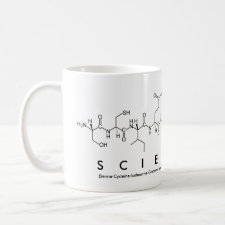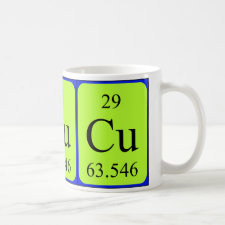
Authors: Msaadi R, Yilmaz G, Allushi A, Hamadi S, Ammar S, Chehimi MM, Yagci Y
Article Title: Highly Selective Copper Ion Imprinted Clay/Polymer Nanocomposites Prepared by Visible Light Initiated Radical Photopolymerization.
Publication date: 2019
Journal: Polymers
Volume: 11
Issue: (2)
Article Number: 286.
DOI: 10.3390/polym11020286
Alternative URL: https://www.mdpi.com/2073-4360/11/2/286
Abstract: There is an urgent demand worldwide for the development of highly selective adsorbents and sensors of heavy metal ions and other organic pollutants. Within these environmental and public health frameworks, we are combining the salient features of clays and chelatant polymers to design selective metal ion adsorbents. Towards this end, the ion imprinting approach has been used to develop a novel nanohybrid material for the selective separation of Cu2+ ions in an aqueous solution. The Cu2+-imprinted polymer/montmorillonite (IIP/Mt) and non-imprinted polymer/montmorillonite (NIP/Mt) nanocomposites were prepared by a radical photopolymerization process in visible light. The ion imprinting step was indeed important as the recognition of copper ions by IIP/Mt was significantly superior to that of NIP/Mt, i.e., the reference nanocomposite synthesized in the same way but in the absence of Cu2+ ions. The adsorption process as batch study was investigated under the experimental condition affecting same parameters such as contact time, concentration of metal ions, and pH. The adsorption capacity of Cu2+ ions is maximized at pH 5. Removal of Cu2+ ion achieved equilibrium within 15 min; the results obtained were found to be fitted by the pseudo-second-order kinetics model. The equilibrium process was well described by the Langmuir isothermal model and the maximum adsorption capacity was found to be 23.6 mg/g. This is the first report on the design of imprinted polymer nanocomposites using Type II radical initiators under visible light in the presence of clay intercalated with hydrogen donor diazonium. The method is original, simple and efficient; it opens up new horizons in the general domain of clay/polymer nanocomposites
Template and target information: copper ion, Cu(II)
Author keywords: clay, diazonium salt, Ion imprinted polymers, radical photopolymerization, Visible light, adsorption, copper ions
![]()


Join the Society for Molecular Imprinting

New items RSS feed
Sign-up for e-mail updates:
Choose between receiving an occasional newsletter or more frequent e-mail alerts.
Click here to go to the sign-up page.
Is your name elemental or peptidic? Enter your name and find out by clicking either of the buttons below!
Other products you may like:
 MIPdatabase
MIPdatabase









